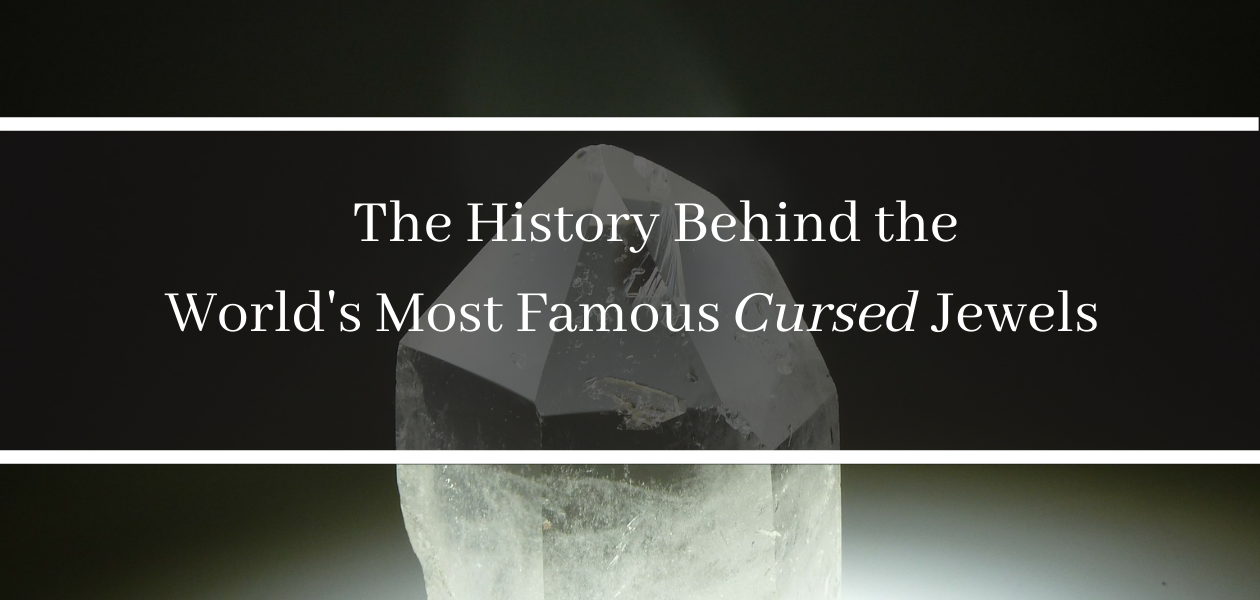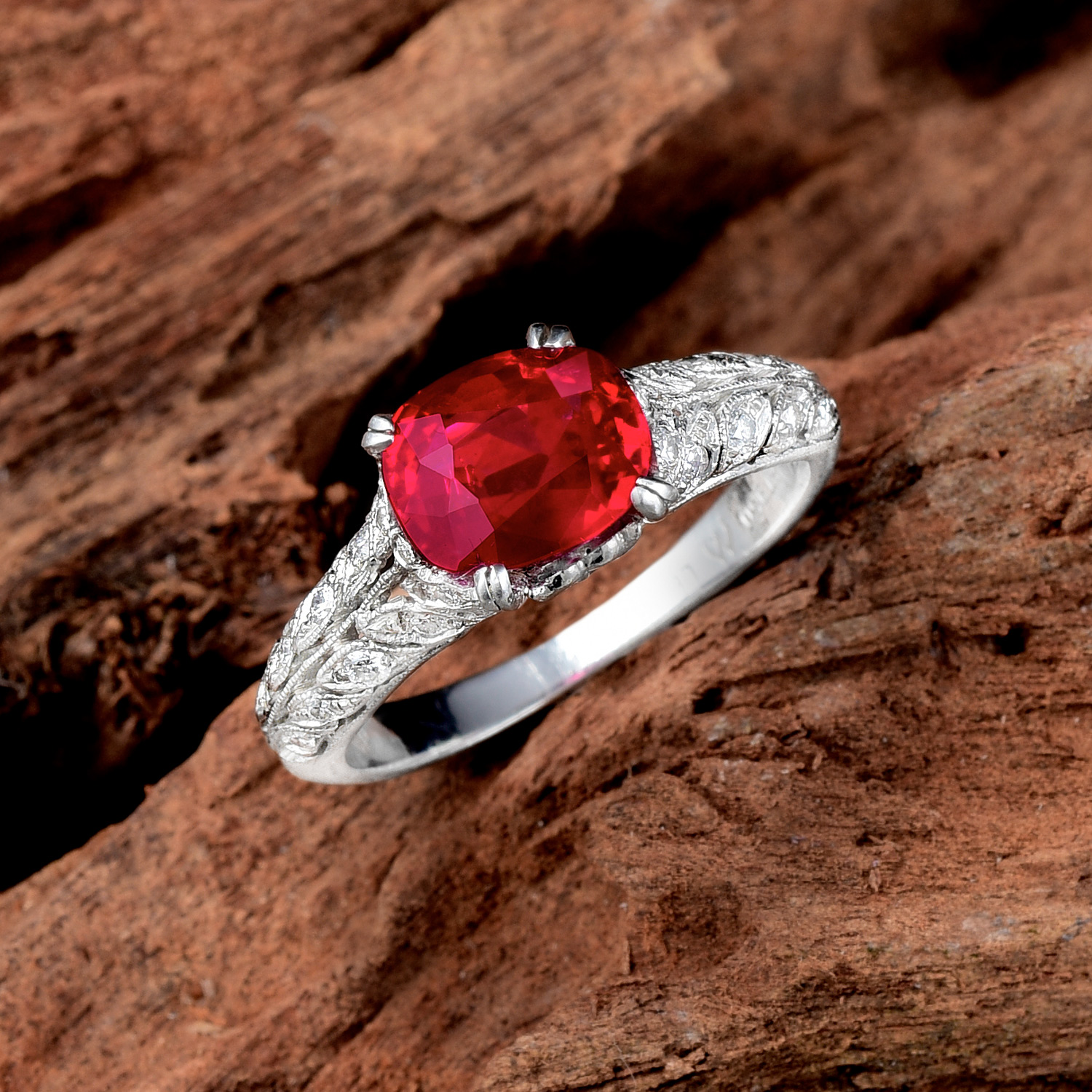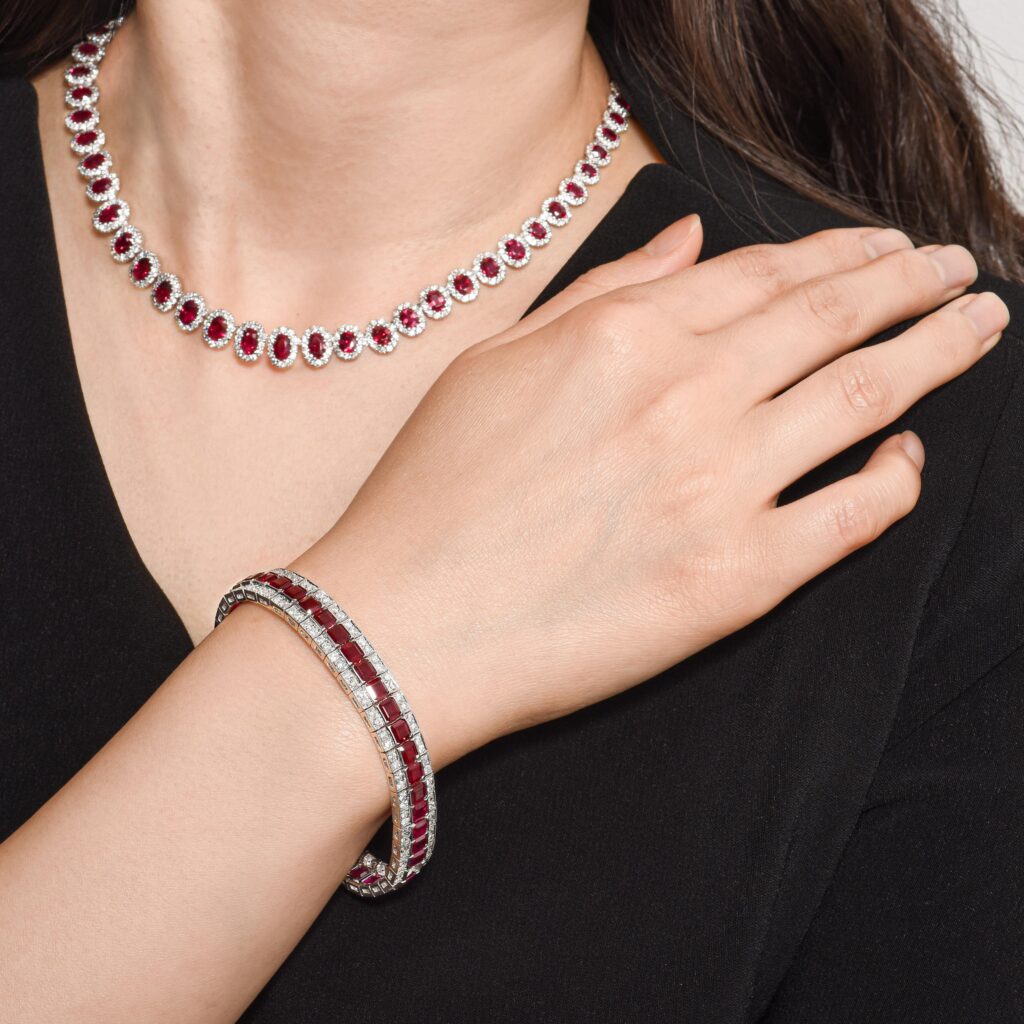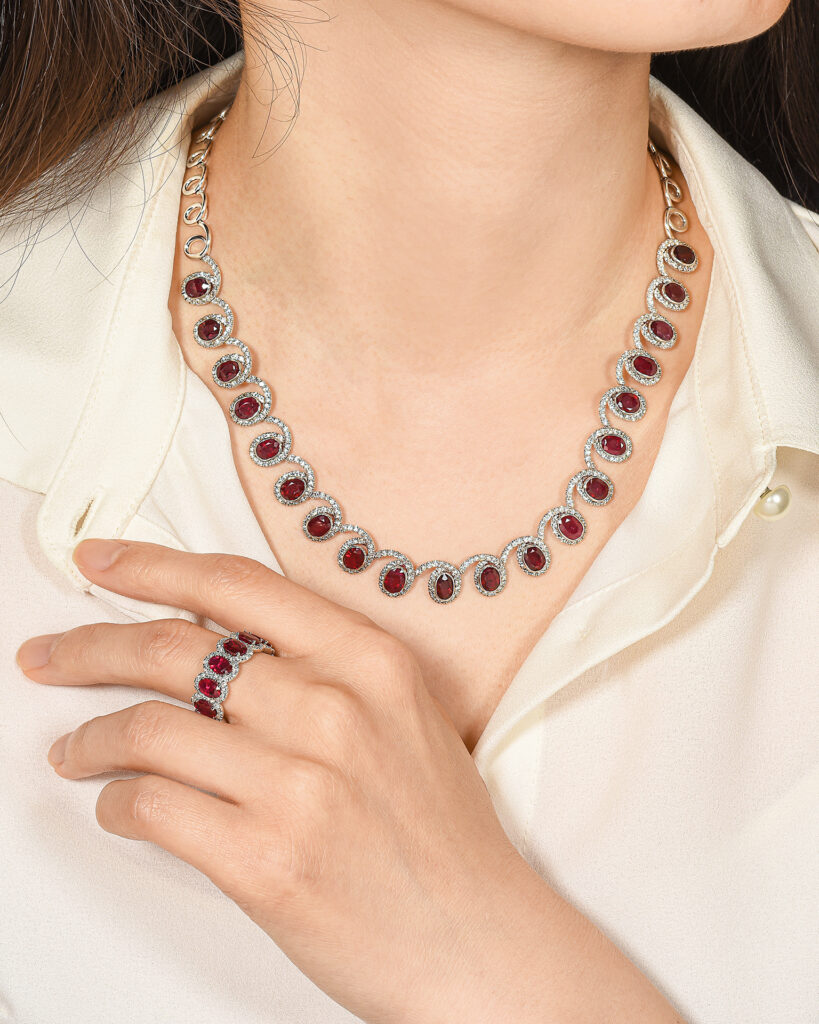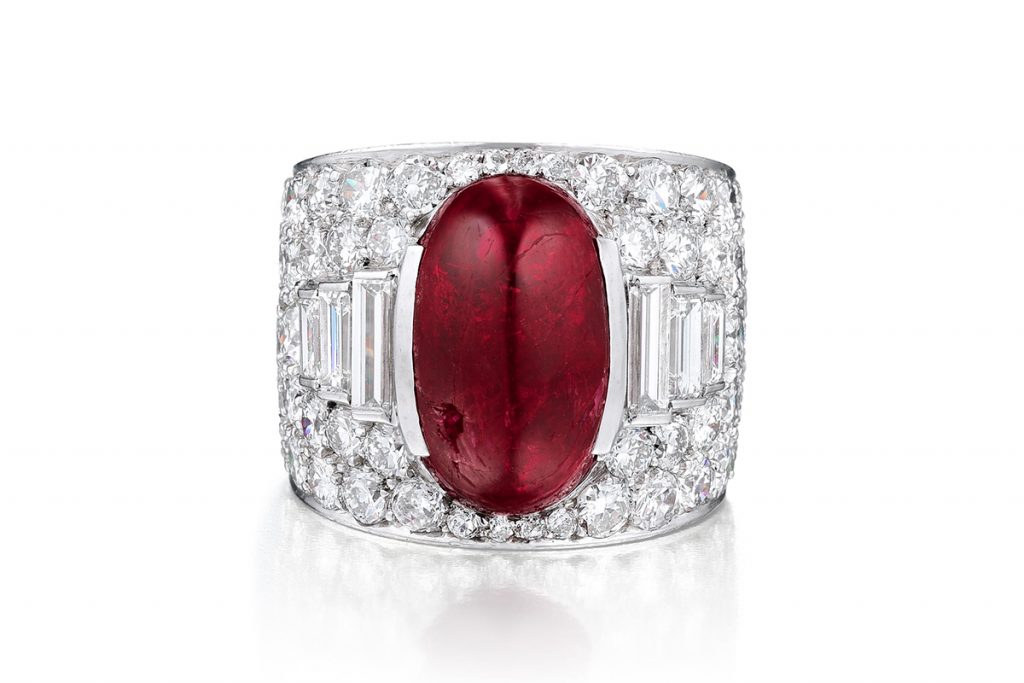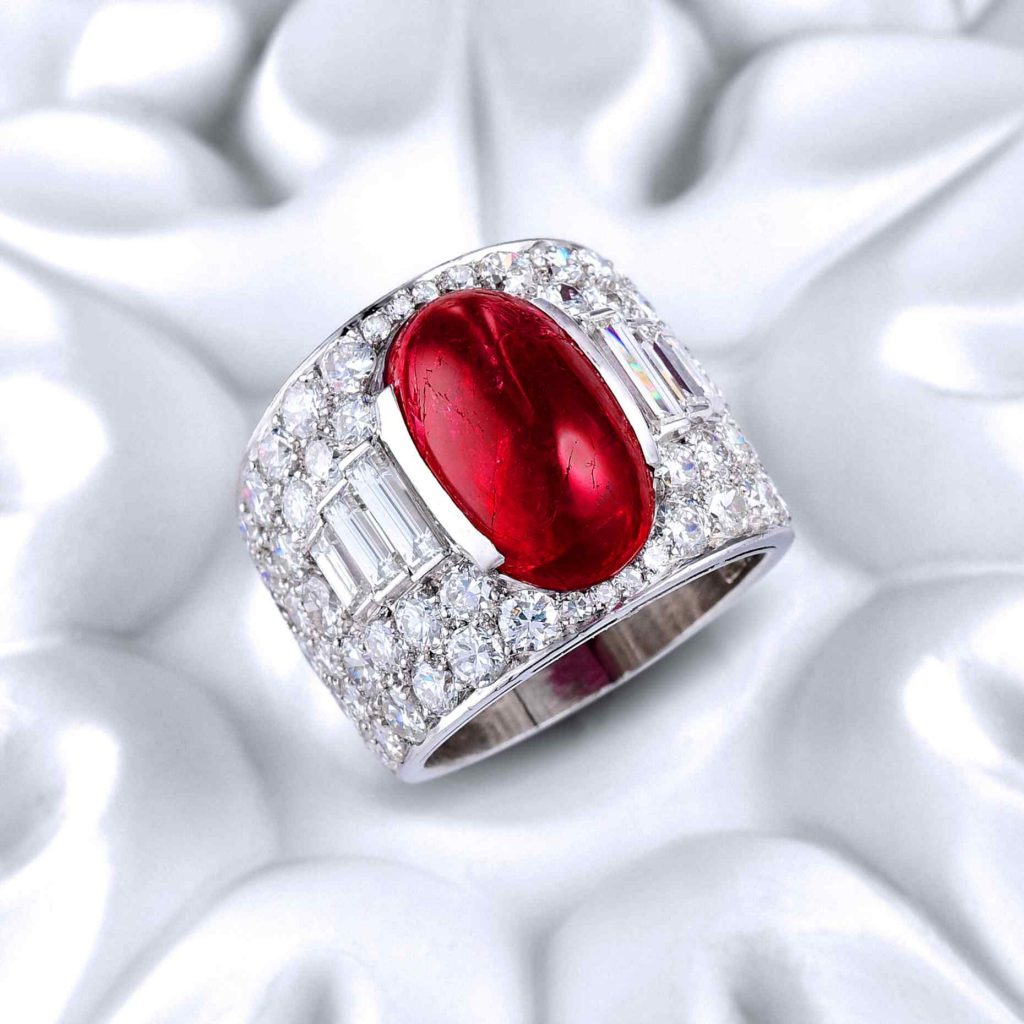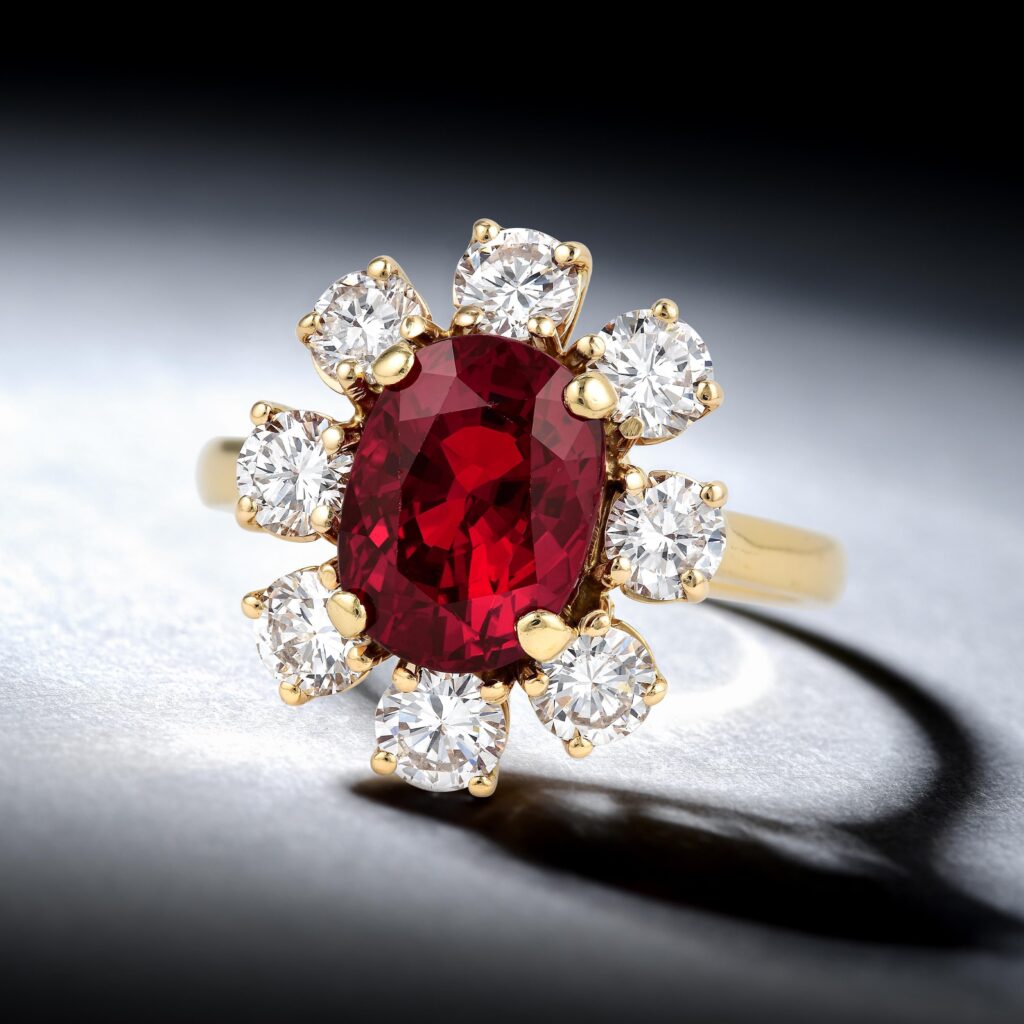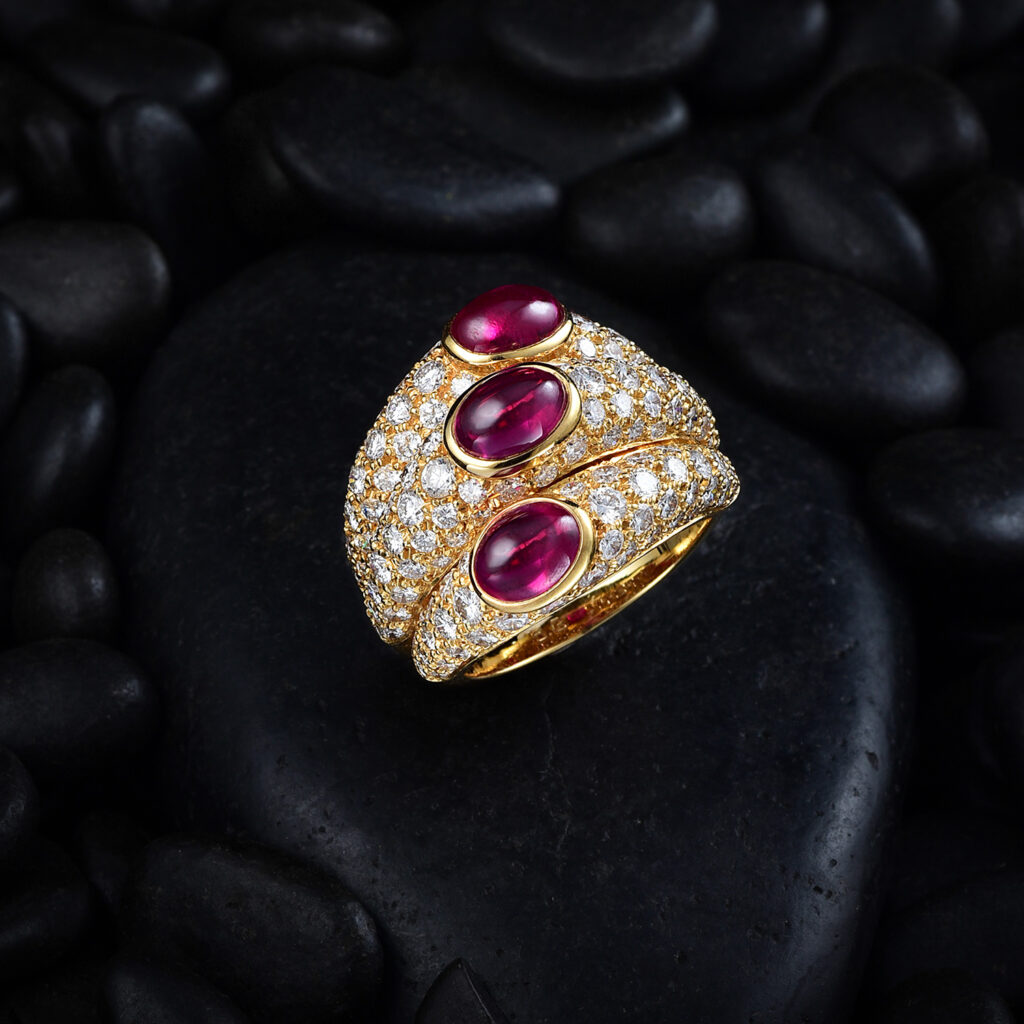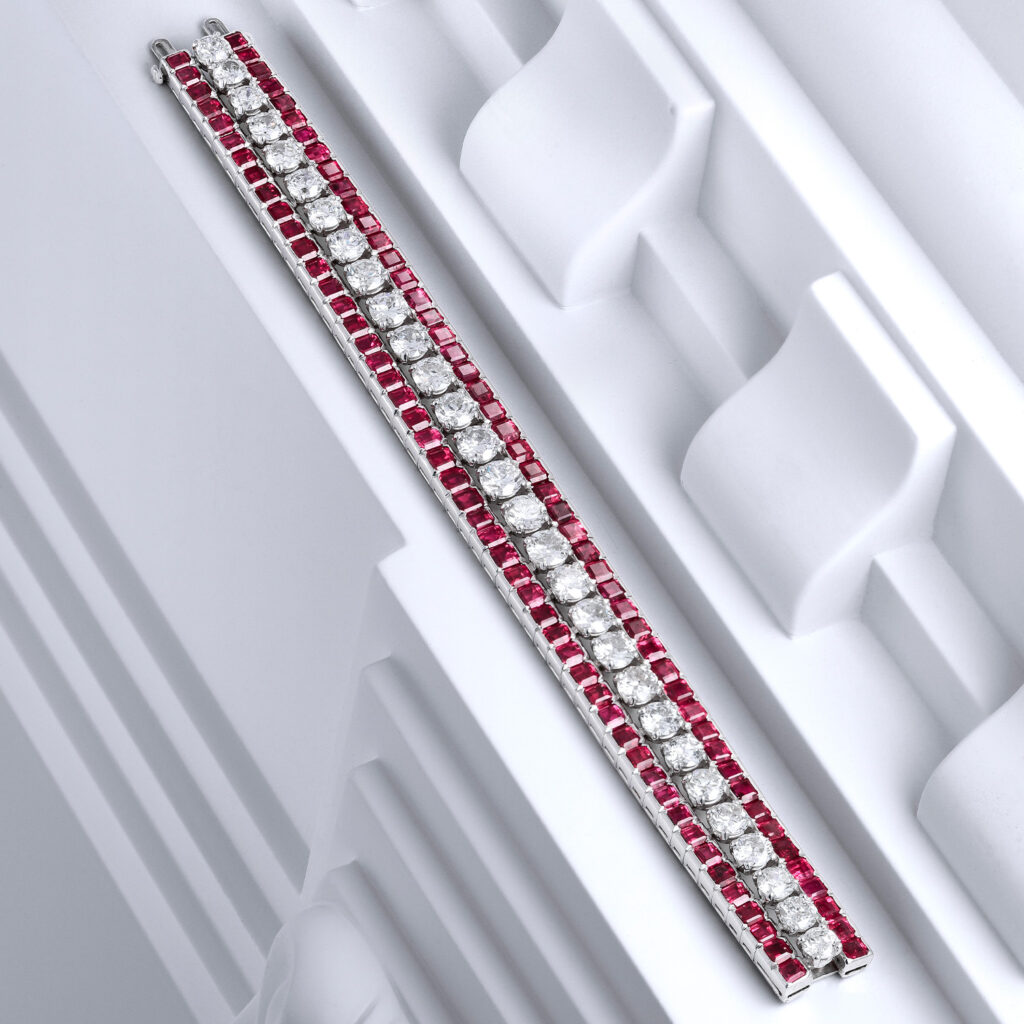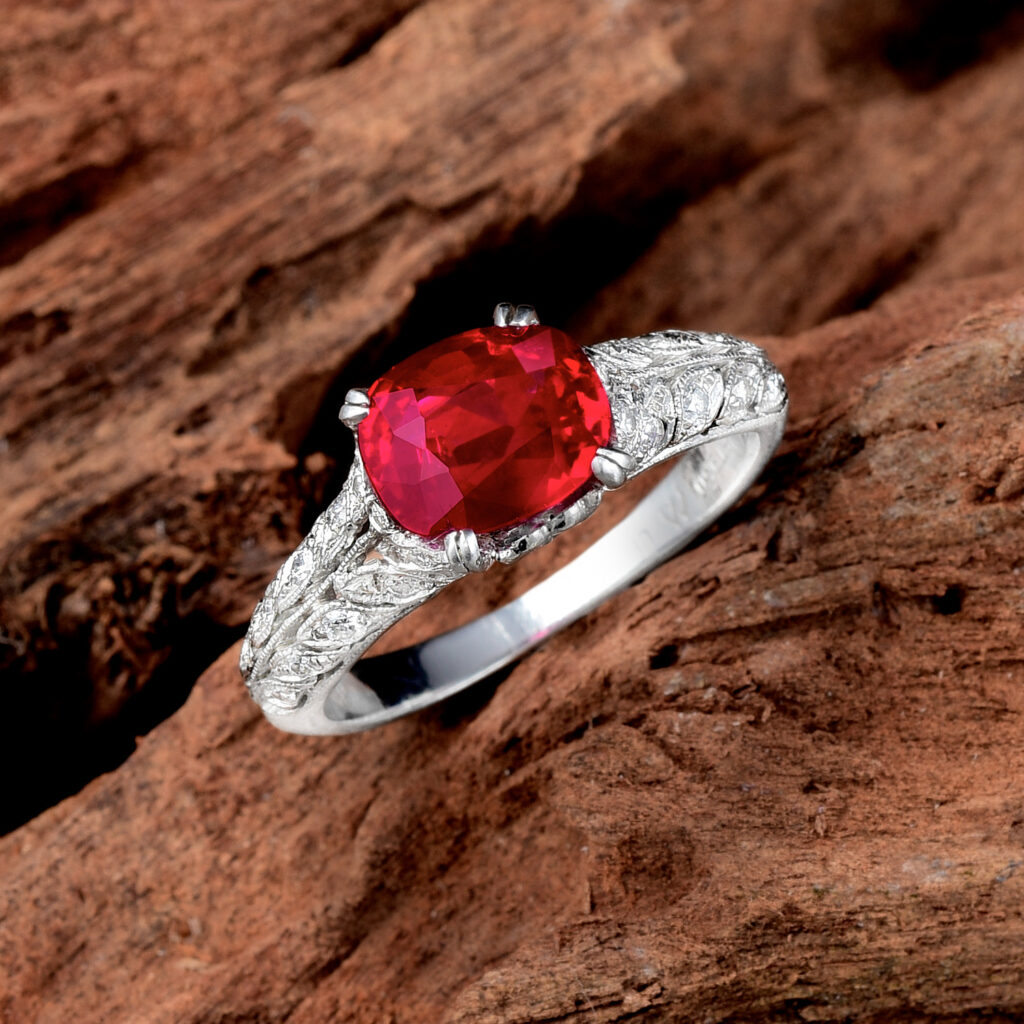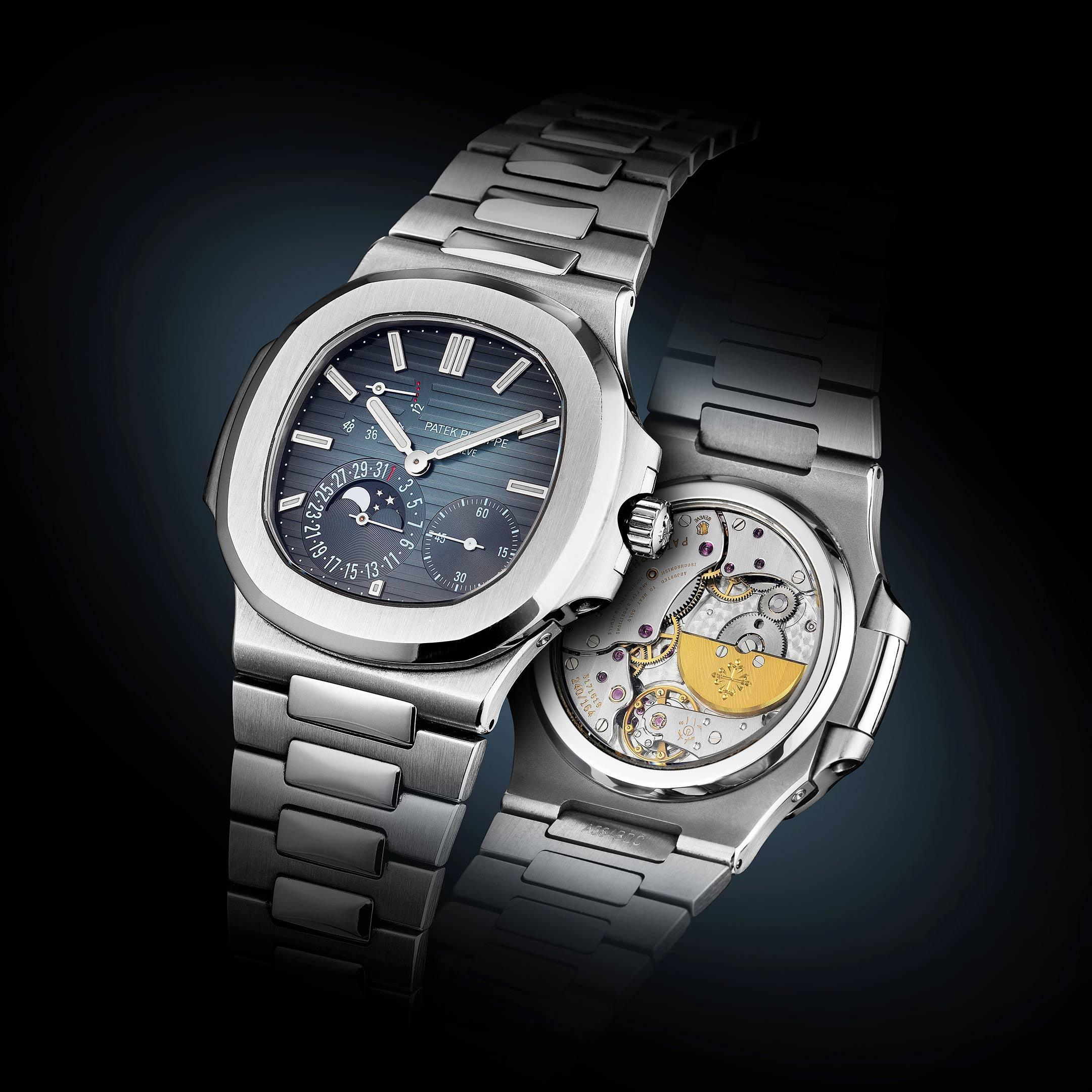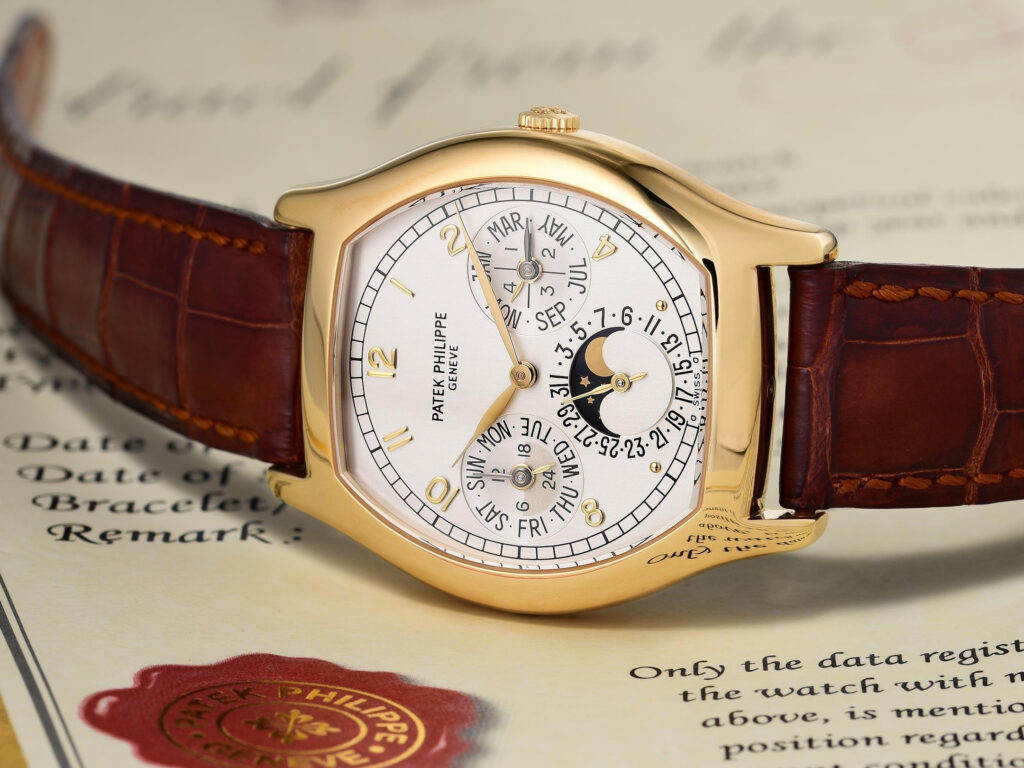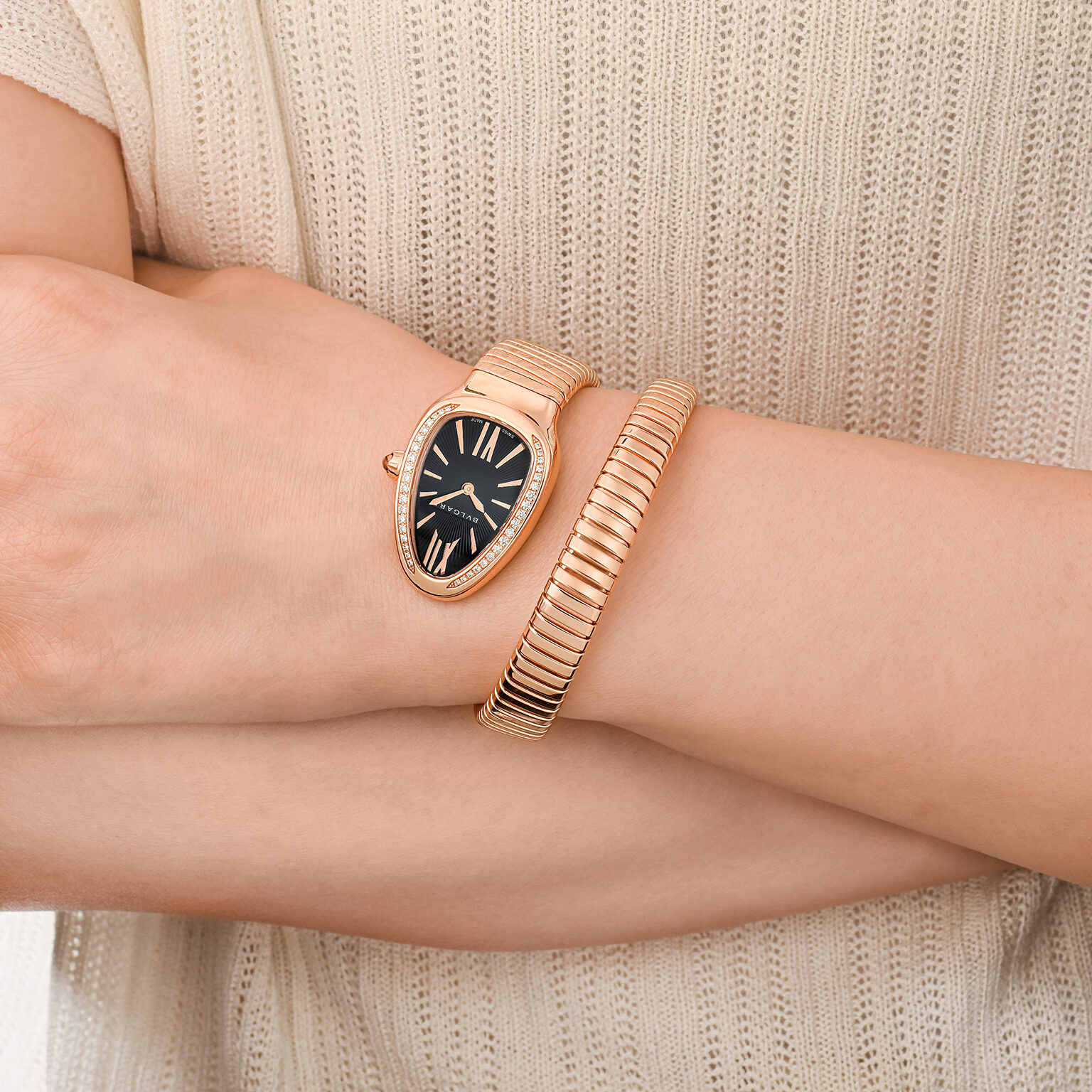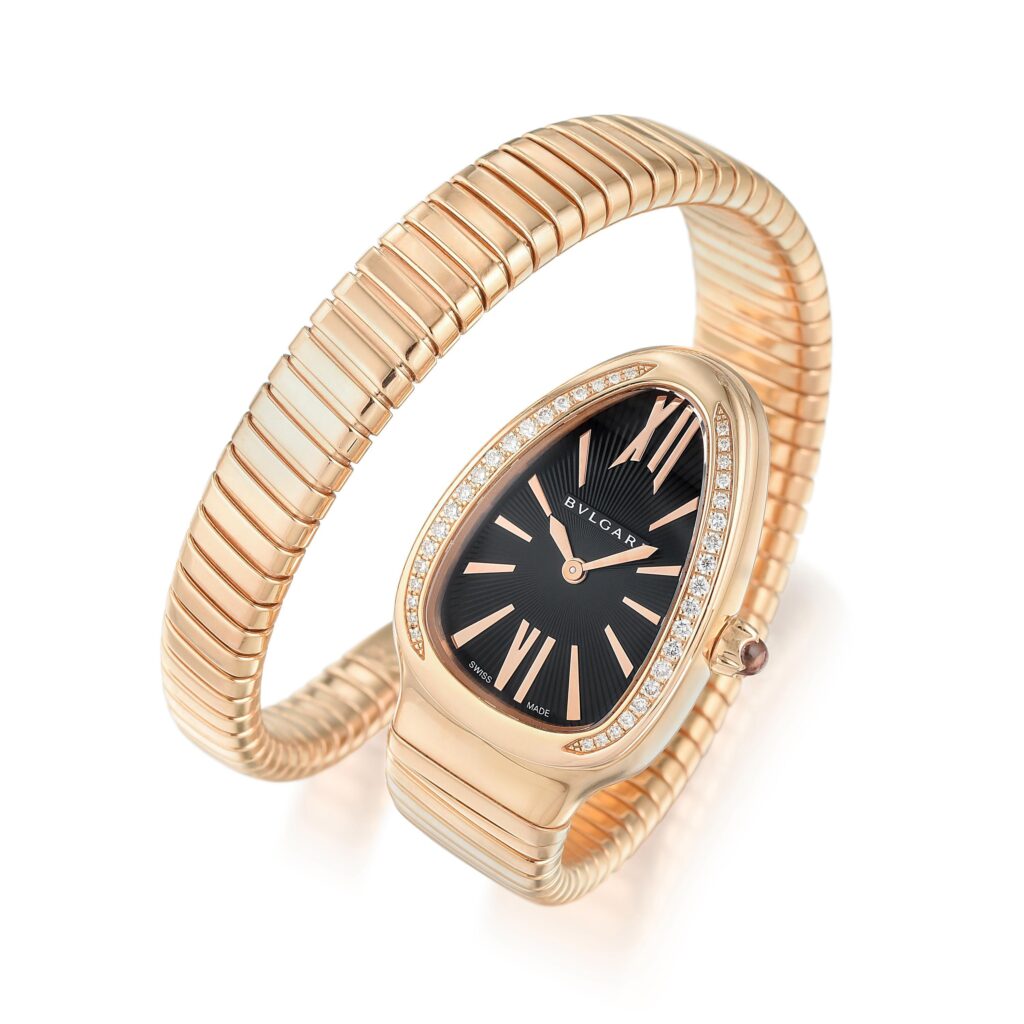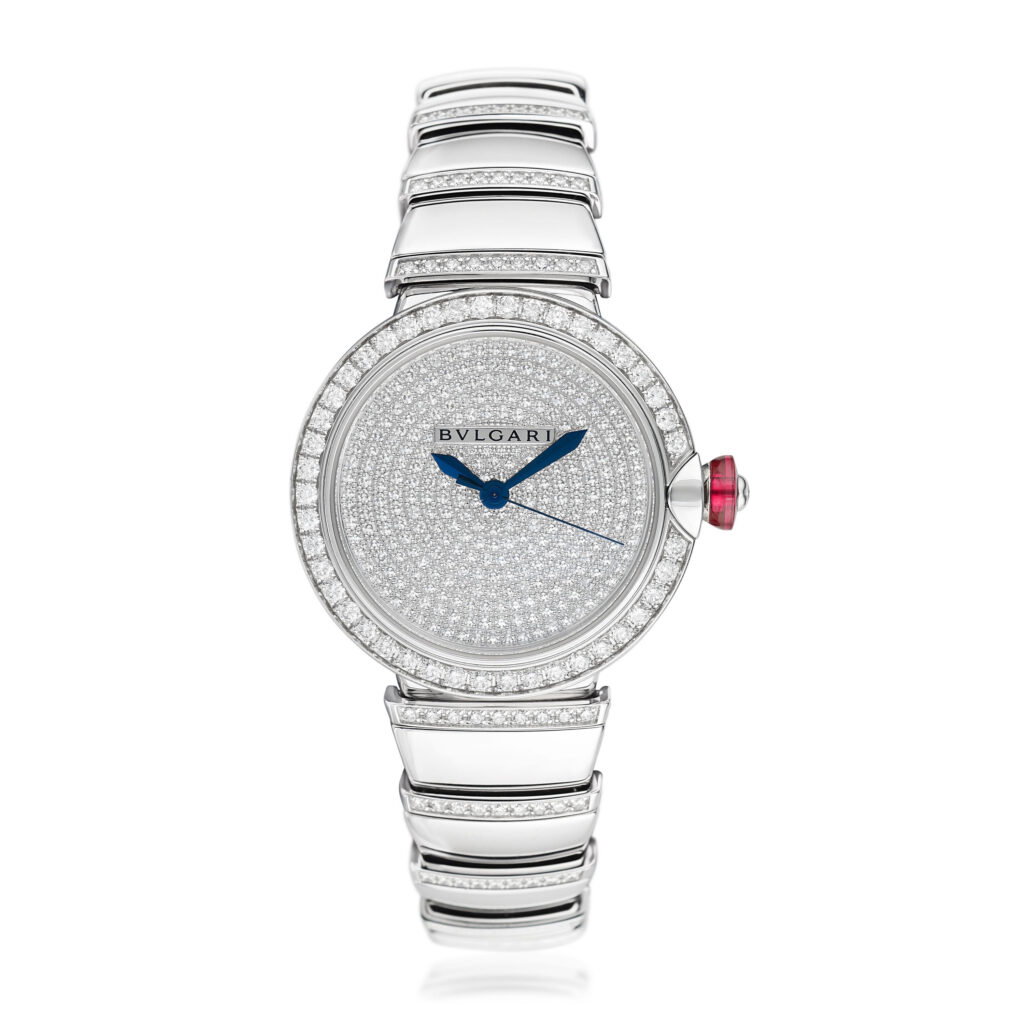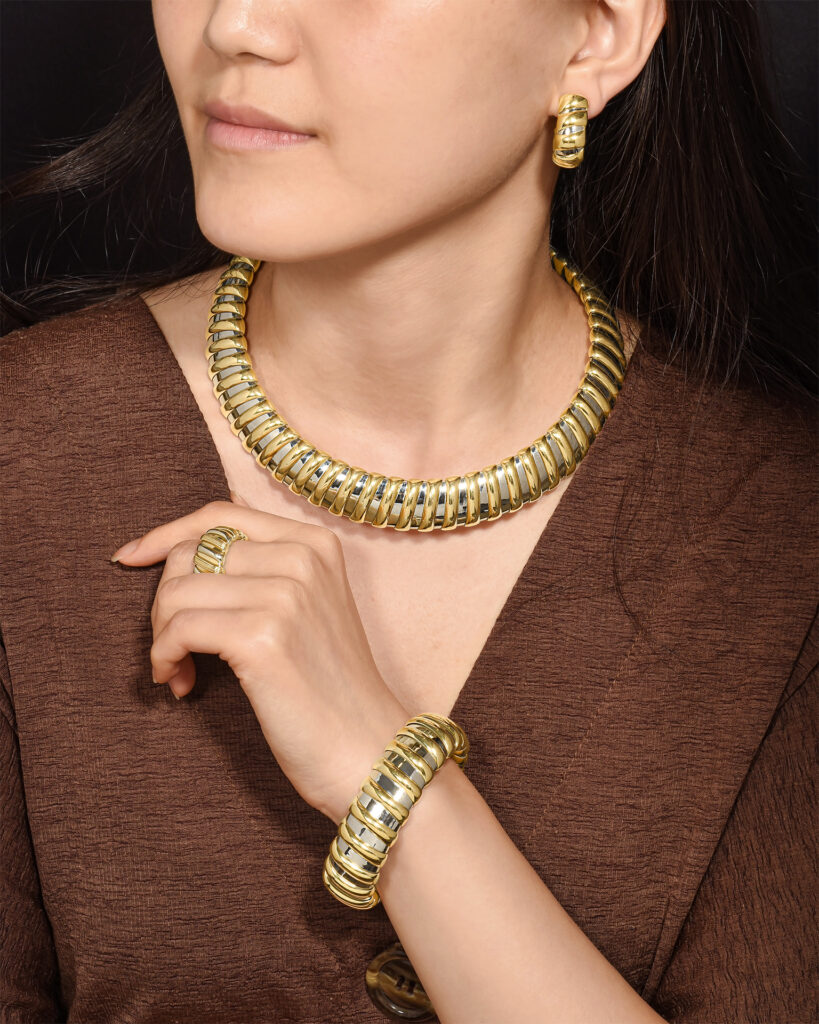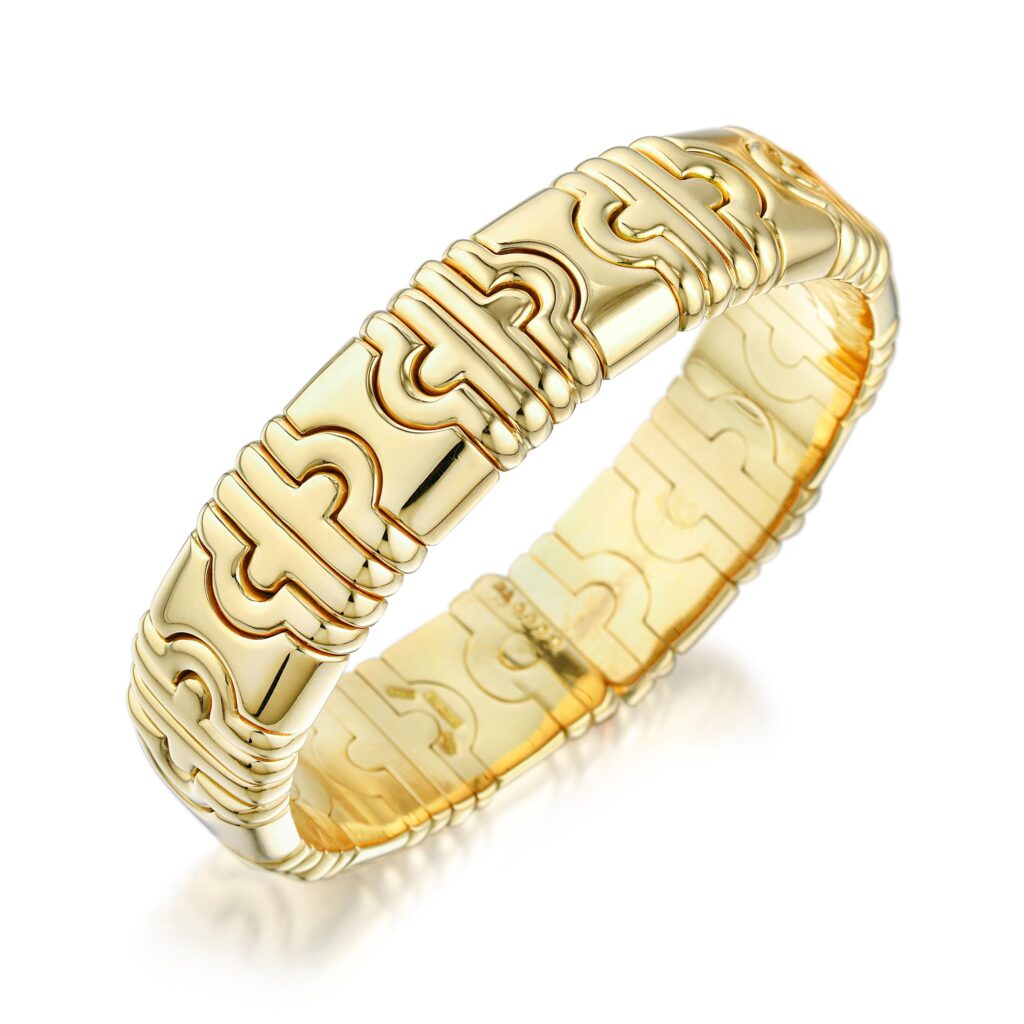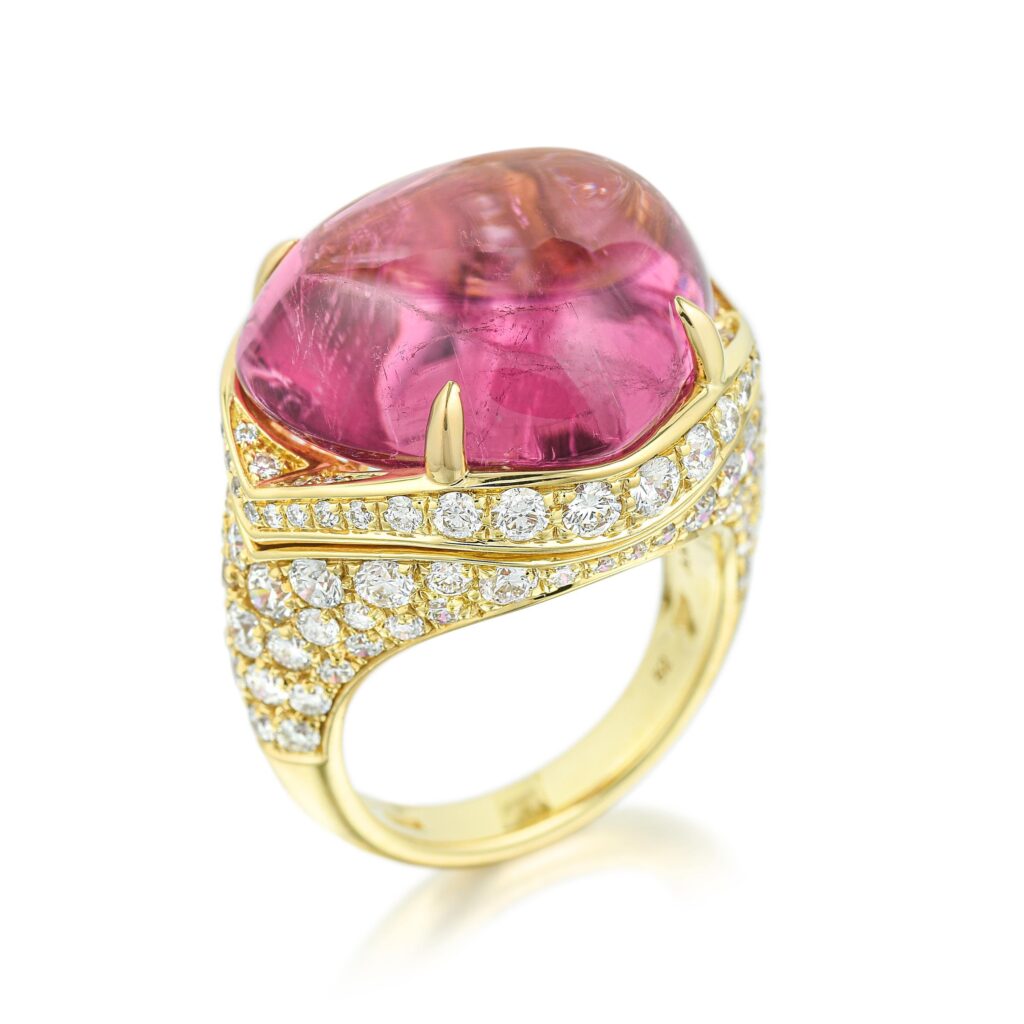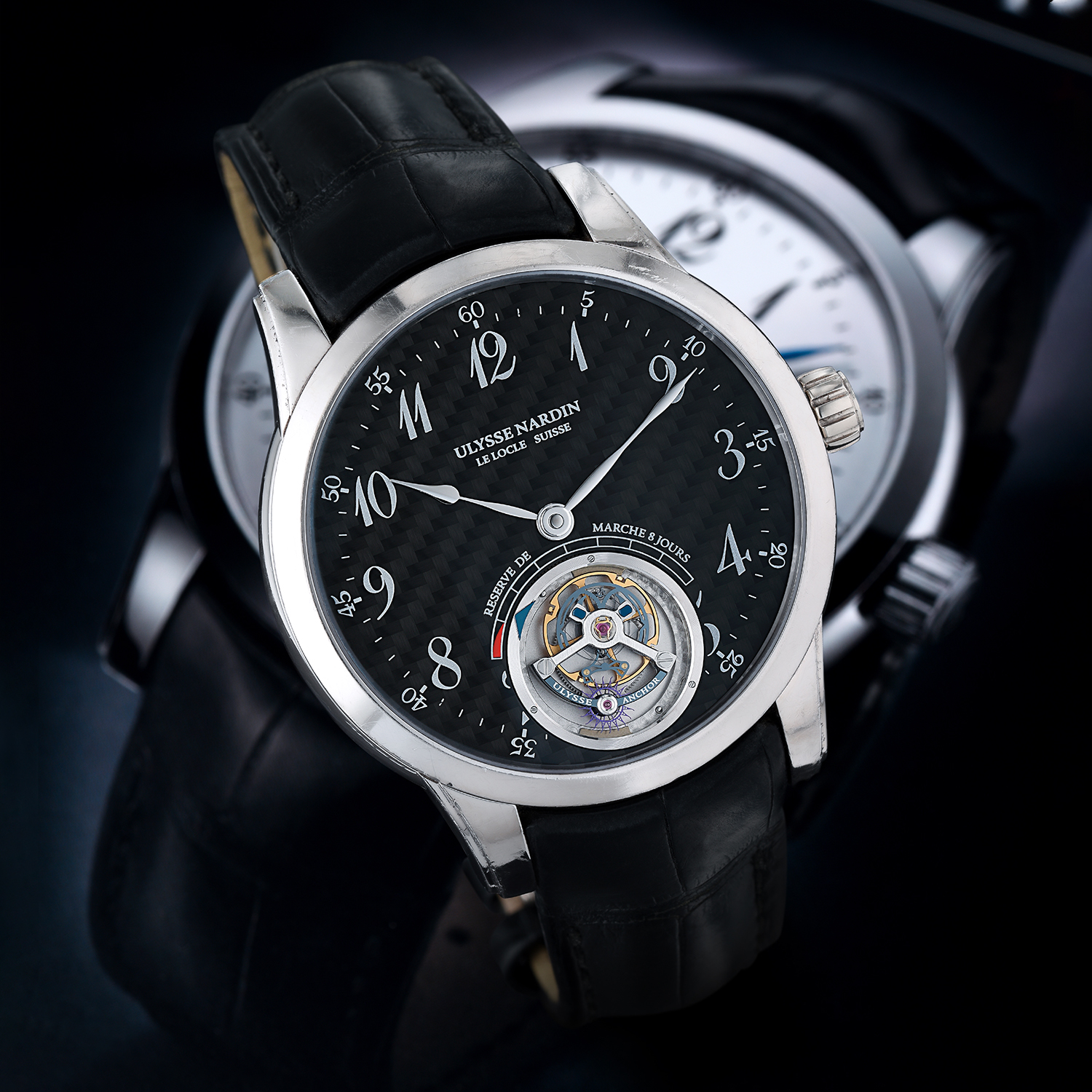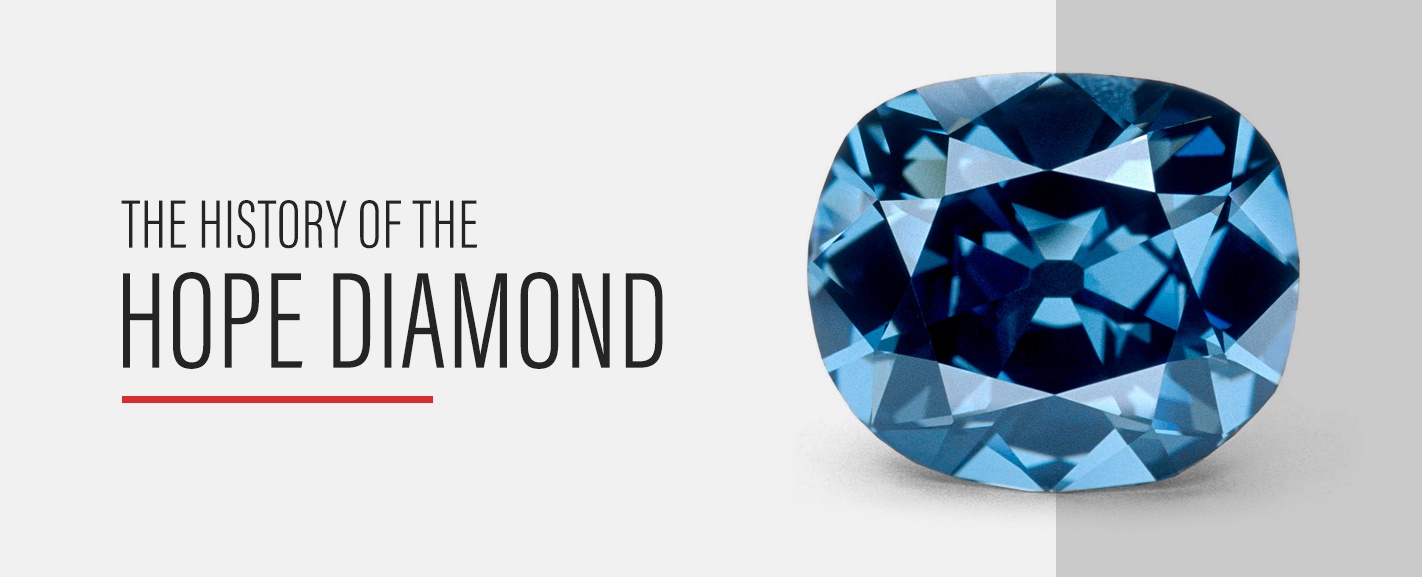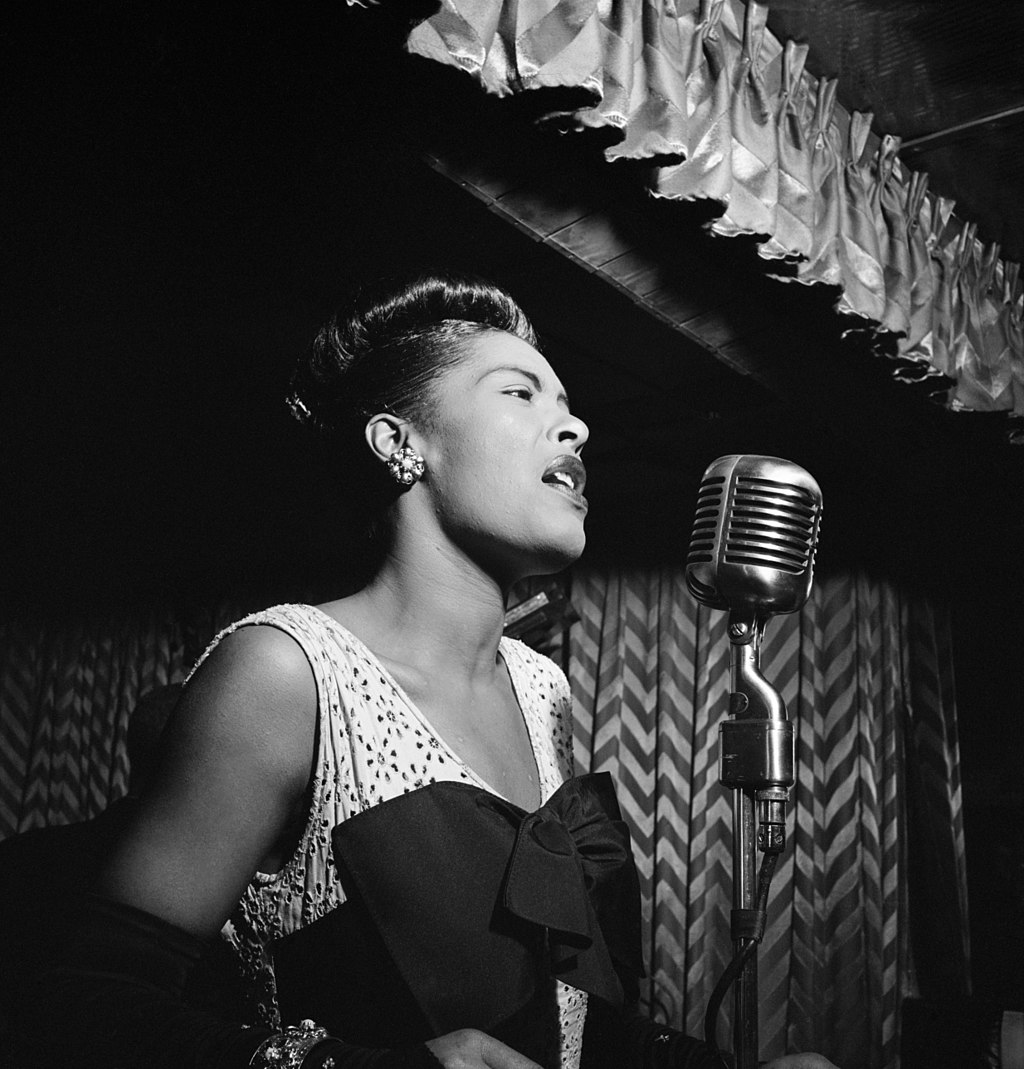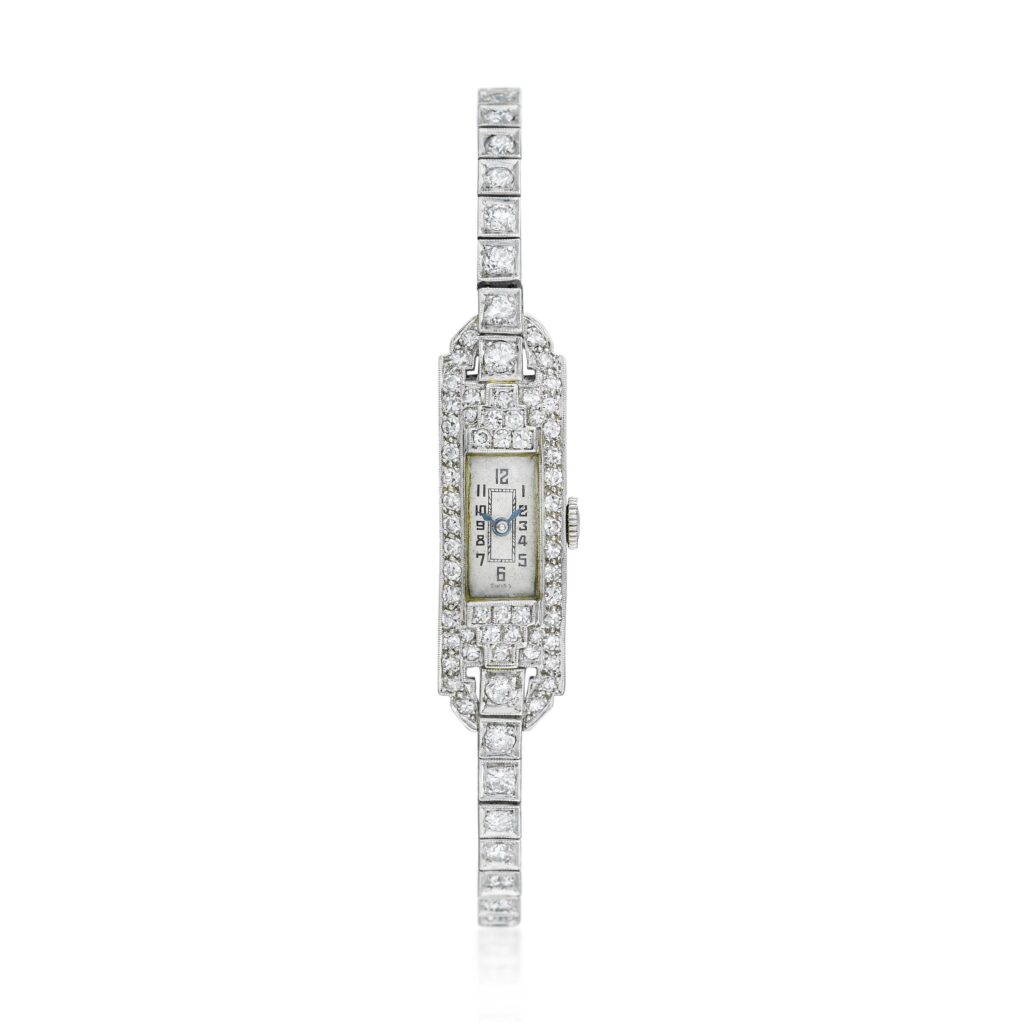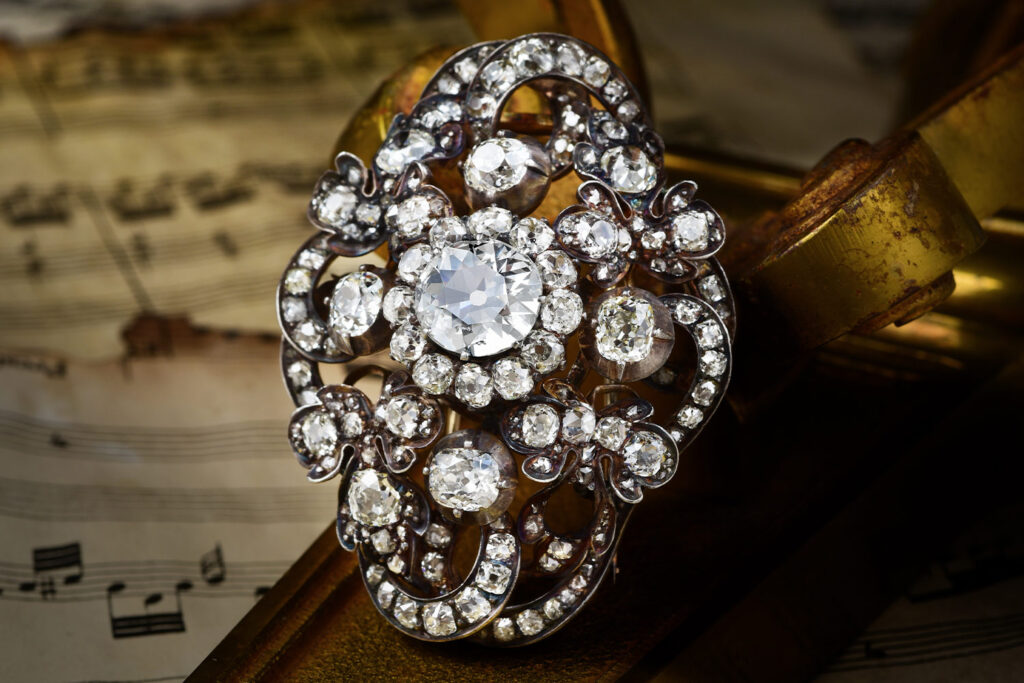Auctions attract many people looking for the opportunity to own and collect exquisite, designer pieces. If you are a first-time bidder at a jewelry or watch auction, navigating the ins-and-outs might not be super obvious, but it is actually quite simple. There’s a common misconception that auctions are only for a niche group of people, but we here at FORTUNA® are trying to change that notion. The thrill of taking part in an auction should be for everybody and we are happy to share some tips as to how you can get started.
What are the Different Ways to Bid & Their Advantages
You may be used to seeing auctions in movies and TV where an exclusive group of people, all in their best-kept suits, eagerly battle to be the first to hold up a paddle. At FORTUNA, there are actually multiple ways to bid besides bidding on the floor. Each method comes with its own set of advantages, and we are happy to help find the right way for you.
Online bidding is perfect for beginners who are new to the auction process. You can bid from anywhere in the world on your computer or your mobile device, and can even leave bids before the auction goes live. Leading up to the auction, you will also receive instant notifications if you have been outbid on a lot. We also offer the chance to watch a video live stream and click-in your bids in the moment. The online bidding process is simple, and one of our experts would be happy to walk you through it if you’re not particularly tech-savvy.
Phone bidding is recommended for extremely high-value lots. When the stakes are high, you want to make sure you have the specially trained eyes and ears of our phone bidders on the floor to keep you constantly informed. Phone bidders have to be ready to make split-second decisions so we recommend having a good idea of what you’re willing to spend on each lot ahead of time. Many people who bid with us would like to keep anonymous, and phone bidding is the perfect way to bid like you are in the room, with no eyes on you. Another perk of phone bidding is the lack of work on your part; you don’t have to free up your day to make sure you don’t miss your lot, all you have to do is answer the phone.
An absentee bid allows you to leave your highest possible bid ahead of time. The auctioneer will bid on your behalf during the live auction, increment by increment, up until this maximum amount. If nobody bids against you, you will win your lot for the lowest allowed bid. This form of bidding is perfect for those who have a set budget for a particular lot and do not want to overspend. They also take precedence over all other kinds of bids during a live auction, meaning that the auctioneer will honor the absentee bid first, even if an online or phone bid comes in for the same amount. Absentee bids are also ideal for those that find that neither the location nor time of the auction is convenient.
While in-person bidding is currently suspended due to the global health emergency, we recommend anyone who wants to feel the high-paced thrill of a live auction to view our livestreams on the day of the sale either on Facebook or our website.
Are There Specifics to Know Ahead of Time?
Typically, new bidders with any auction house will need to submit a valid form of photo ID and credit card information in order to be approved for bidding. The reason for this extra measure is to confirm the bidder’s seriousness in buying at auction, and ensure that all bidders are participating under the fairest conditions. Imagine how frustrating it would be if you realized you were competing against a fraudulent bidder for the same lot! This information usually takes time to process so it is best to do so at least 24 hours before the sale. This, however, is a one-time action. Once you are registered and approved to bid in your first sale, you will be automatically approved to bid in all future sales
If you have already been pre-approved for a past auction with FORTUNA, registering for an auction is as simple as a click of a button or just showing up on the day of a sale and receiving a paddle. (Floor bidding is currently unavailable due to the statewide response to stunt the spread of COVID-19.)
Leading up to the auction, it is a good idea to decide exactly which lots you intend to bid on, for a number of reasons:
- If you plan on bidding on multiple lots, we advise bidders to calculate in advance how much they plan on spending in total, with buyer’s premium included. For a refresher on our buyer’s premium schedule, click here.
- Depending on the value of the lot, the bid increments may vary. If you want to spend no more than your absolute maximum for a particular lot, it is best to familiarize yourself with the bid increments ahead of the sale—especially since they can range from $100 to $10,000.
- If you don’t intend on watching the sale from start to finish, it’s best to have an idea of the lot numbers you are interested in. The auctioneer typically moves through the sale at a rate of 1 lot per minute, so you can generally mark a reasonable time to check in on the progress of the sale.
If you want to be sure about every detail of an auction house’s process, you can always contact our office with your questions.
Is There A Limit To What You Can Bid On?
You can bid on as many items you want during a single auction. If you have online bids exceeding $50,000, it is likely our office might ask you to provide a bank reference prior to the sale.
Experienced bidders will tell you that it is important to set an overall budget for yourself so you don’t spend more than anticipated. Keep track of what you have bid on already, so you do not accidentally bid more on additional items—especially if you are reaching your limit for the auction.
Remember to also take into account additional costs, aside from the buyer’s premium—such as local taxes if applicable, and online fees for bidding platforms other than FORTUNA’S app or website.
Should You Research Prior to the Auction?
Absolutely! You should always learn about the jewelry on sale to make the most informed bids at an auction since all merchandise is sold as-is. Read about an item’s details in the online catalog, visit the showroom during exhibition dates or schedule an appointment to preview. Also, make sure to keep an eye out for our social media and blog posts, which always give a closer look at our jewelry and watch lots. If you can’t come to view your desired lot in person, you can always email condition@fortunaauction.com to request more information or photographs. Our specialists want you to bid confidently and encourage all questions about our offered lots.
Sign up to Bid at an Upcoming FORTUNA®
If you’re planning to bid on a sale, take the first step and evaluate the selection of future auctions. Should you find an item that interests you, contact a FORTUNA specialist in-person or online to help you view the selection and prepare for auction day.

